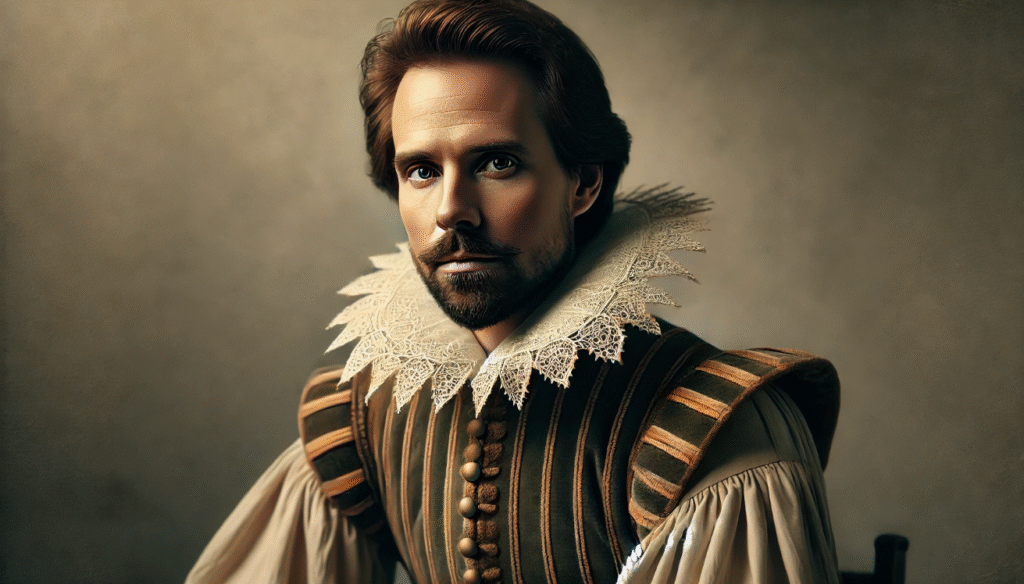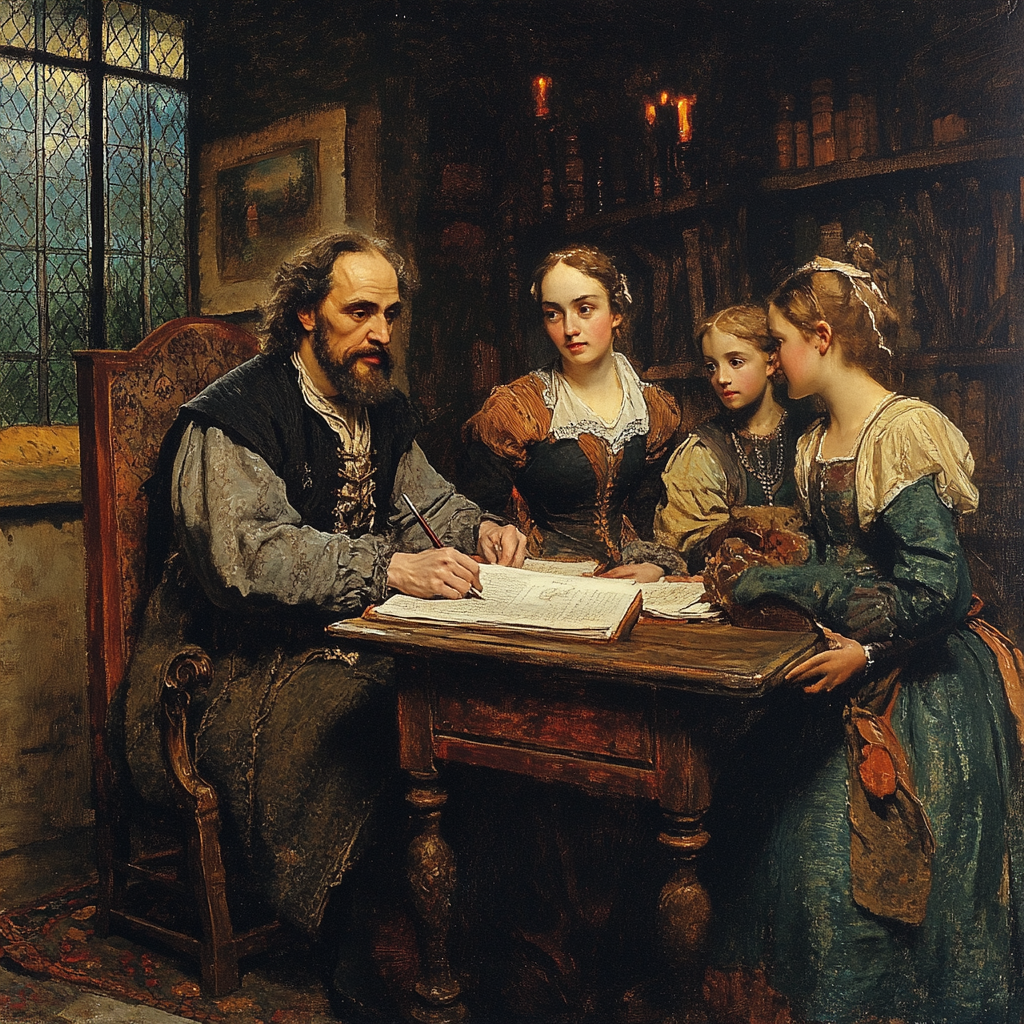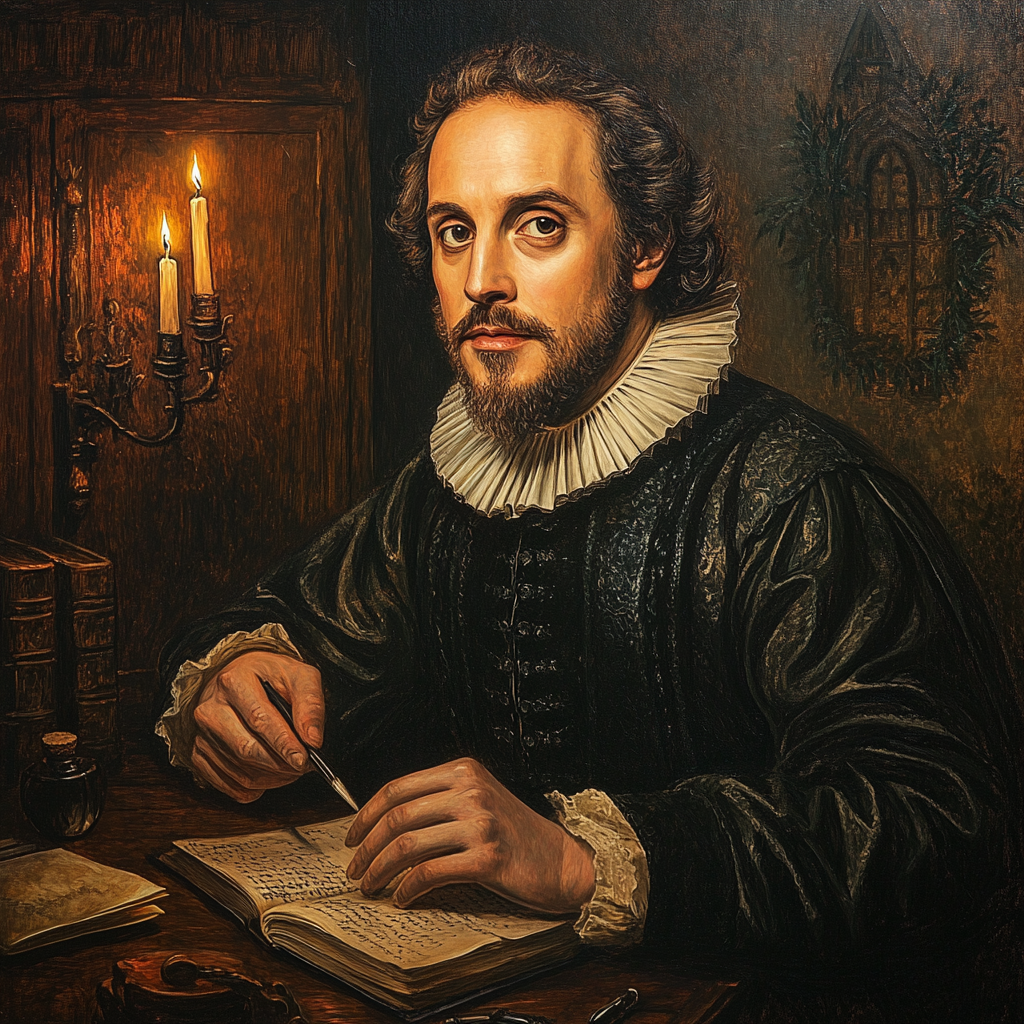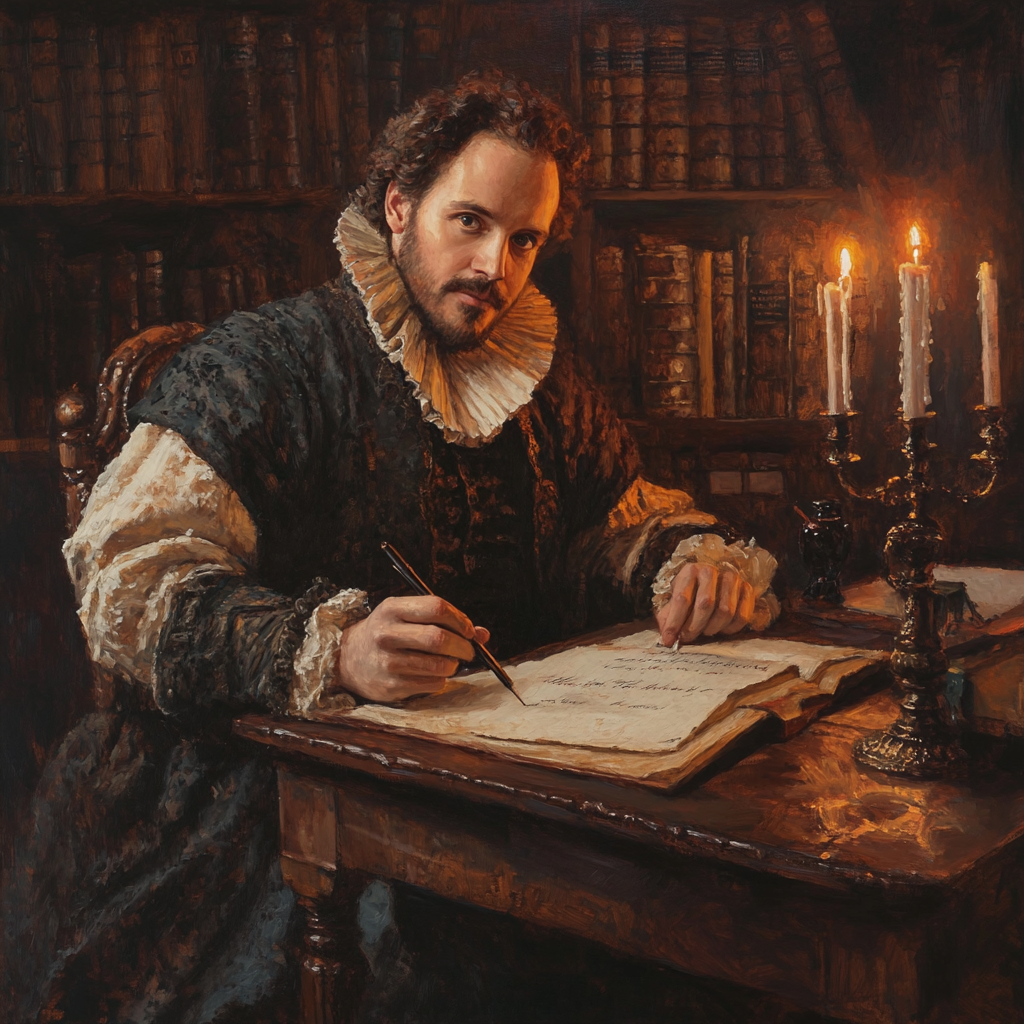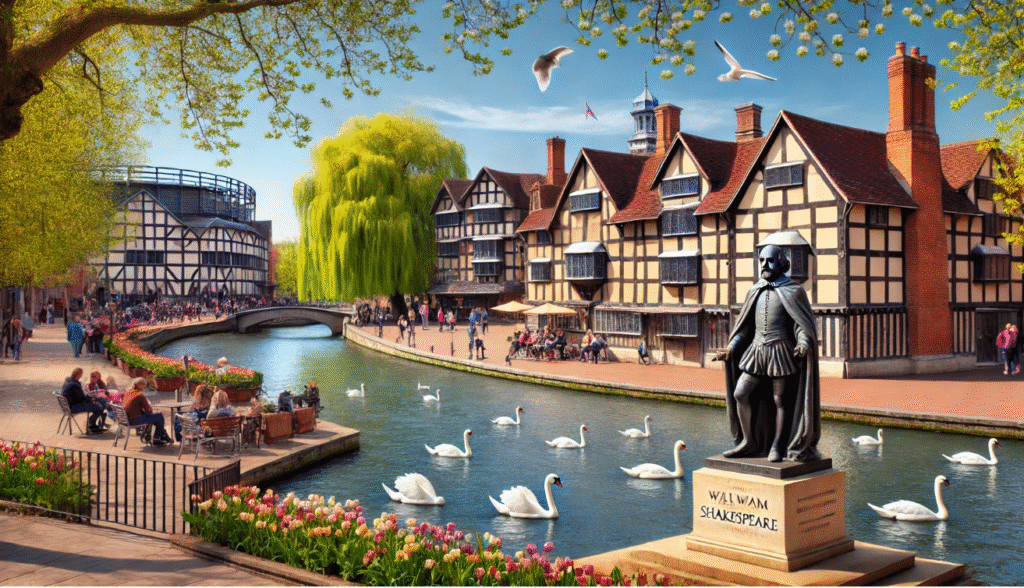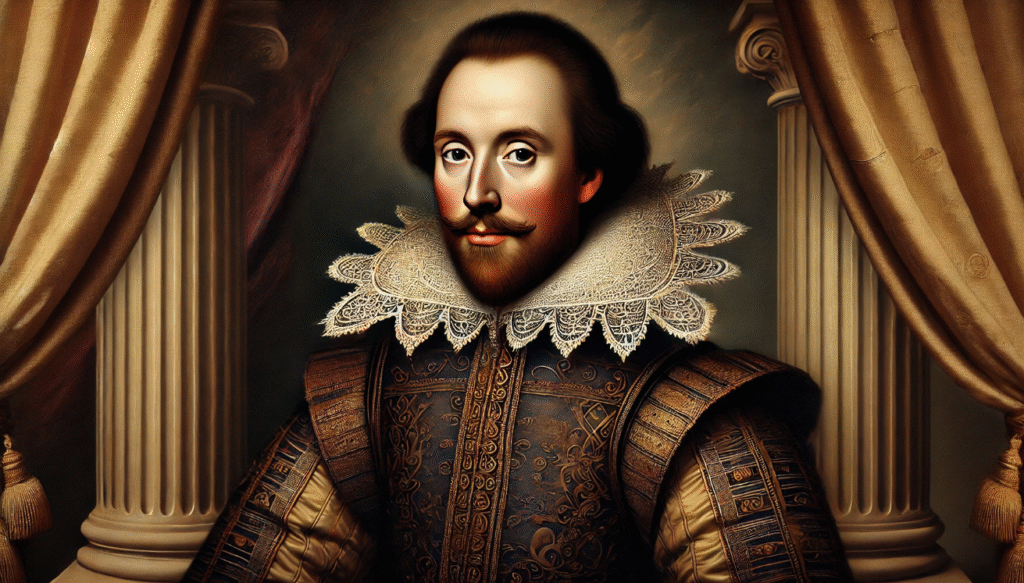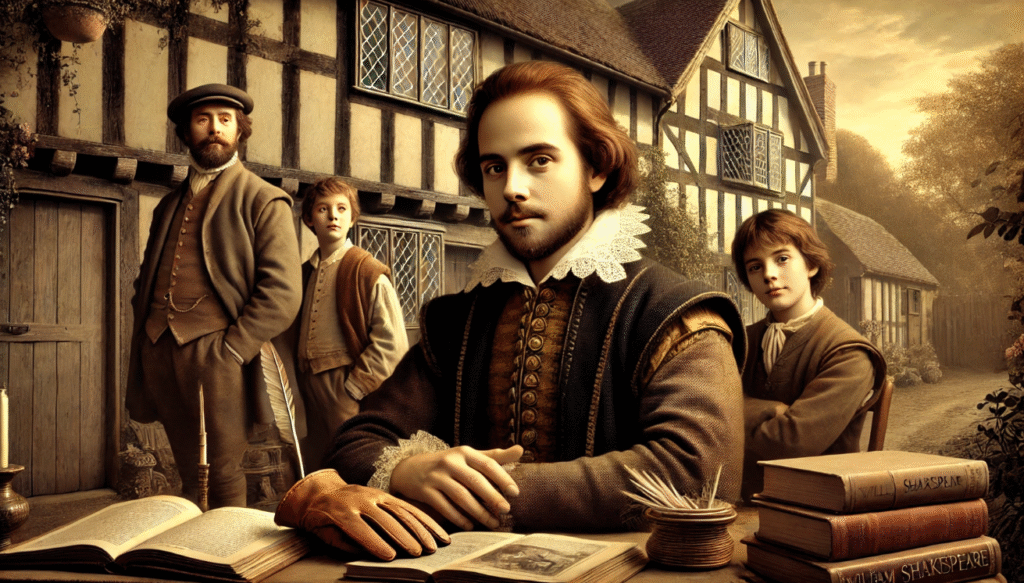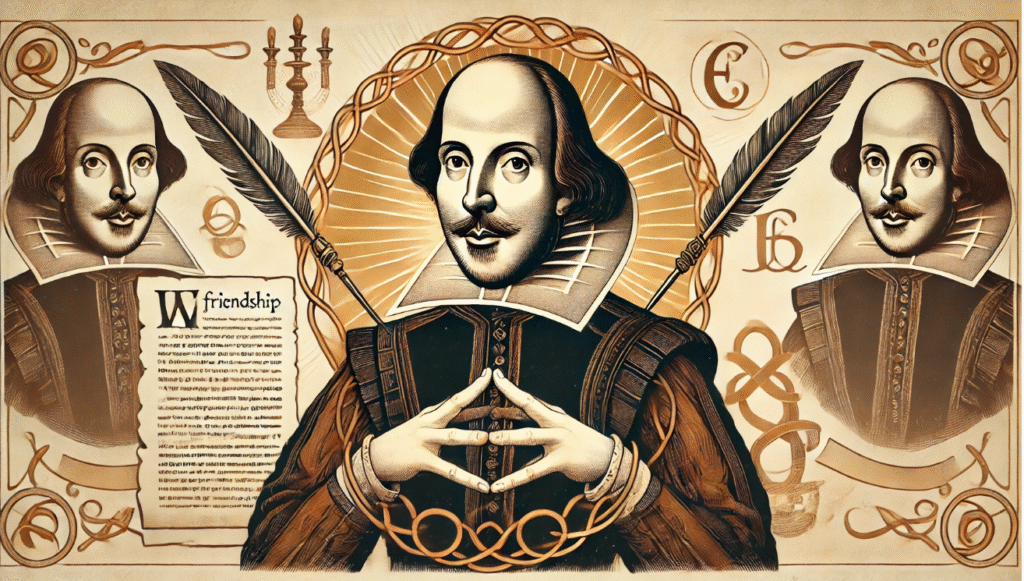Shakespeare’s role in shaping modern theatre on theatre is undeniable, as his works continue to be performed and studied around the world. During the Elizabethan era in England, William Shakespeare emerged as a prolific playwright, producing masterpieces such as Hamlet, Macbeth, and Romeo and Juliet. His ability to explore complex human emotions and universal themes has had a lasting impact on the art of theatre.
“Shakespeare’s impact on theatre is undeniable, as he revolutionized the art form during the Elizabethan era. Shakespeare’s role in shaping modern theatre continue to be performed and studied worldwide, and his influence on modern theatre is profound. From his innovative use of language to his exploration of complex human emotions, Shakespeare’s legacy remains enduring and influential, shaping the way we understand and appreciate theatre today.
The Theatre Before Shakespeare
Pre-Shakespearean theatre refers to the period before William Shakespeare’s time, during which the dominant forms of drama were mystery plays and morality plays. Mystery plays were religious in nature, often depicting biblical stories and events, while morality plays focused on moral lessons and the struggles between good and evil. These plays were usually performed by amateur actors and were heavily influenced by the church. They were performed outdoors and often involved elaborate pageantry and costumes. The characters in these plays were often limited in complexity, with clear distinctions between good and evil. Overall, pre-Shakespearean theatre was characterized by its religious and moral focus, as well as limited character development.
Before Shakespeare’s contributions, theatrical storytelling and structure were limited by several cultural and societal constraints. Theatrical performances were often held in outdoor spaces, such as public squares and inn yards, due to the lack of dedicated theater buildings. Additionally, plays were often performed during the daytime, as artificial lighting was not widely available. This limited the types of stories that could be effectively told on stage. Furthermore, the strict moral and religious censorship of the time restricted the subject matter and themes that could be explored in plays. These limitations ultimately hindered the development of complex characters and intricate plots in theatrical storytelling.
Shakespeare’s Revolutionary Contributions to Theatre

Complex Characters and Psychological Depth
Shakespeare’s characters, such as Hamlet and Lady Macbeth, broke the mold by exhibiting a level of human complexity and emotion that was groundbreaking for their time. In an era when most characters in literature were one-dimensional and predictable, Shakespeare’s protagonists were multidimensional and unpredictable. Hamlet, for example, grapples with feelings of indecision, doubt, and moral conflict, which were rare in male characters of that era. Similarly, Lady Macbeth’s ambition and guilt make her a complex and compelling character, breaking the mold of the passive and obedient female characters that were common at the time. Shakespeare’s ability to portray the depth and range of human emotions in his characters set a new standard for character development in literature.
One modern parallel in character development can be seen in the evolution of superheroes in popular culture. In the past, many superheroes were depicted as flawless, morally upright figures. However, in modern storytelling, we see more complex, flawed, and morally ambiguous superheroes, such as in the Marvel Cinematic Universe. This reflects a shift in society’s understanding of human nature and the embrace of characters with more depth and complexity. Another modern parallel in character development can be found in the way that television shows and movies are portraying complex and multifaceted female characters. In the past, female characters were often relegated to traditional roles and stereotypes. Today, we see a trend towards more empowered, independent, and diverse female characters who defy expectations and challenge societal norms.
Innovative Storytelling and Genre Blending
Shakespeare was a master at blending different genres in his plays, creating rich and complex works that continue to captivate audiences to this day. One of the most famous examples of this fusion is “The Tempest,” which combines elements of tragedy, comedy, and romance to create a spellbinding tale of magic, betrayal, and forgiveness. “Romeo and Juliet” is another iconic work that seamlessly blends tragedy and romance, as the young lovers’ passionate and ill-fated romance unfolds against a backdrop of feuding families. In addition to these works, Shakespeare also expertly fused history and tragedy in plays such as “Richard III” and “Julius Caesar,” which draw on historical events to explore themes of power, ambition, and betrayal.
Universal Themes
In modern productions and adaptations, timeless themes like love, ambition, power, and morality continue to resonate with audiences. These themes are often explored in various ways, reflecting the complexities of human nature and society. Love is portrayed in diverse relationships, from romantic to familial, and explores the struggles and triumphs that come with it. Ambition is often depicted as a driving force for characters, showcasing their desires and the lengths they are willing to go to achieve their goals. Power dynamics are often examined, shedding light on the consequences and ethical dilemmas that arise from the pursuit and abuse of power. Morality is a central theme that delves into the choices characters make and the consequences of their actions, prompting audiences to reflect on their own values and principles.
Poetic Language and Dialogue
Shakespeare’s use of iambic pentameter, metaphors, and soliloquies is widely regarded as revolutionary and influential in the world of literature and theater. Iambic pentameter, which consists of five pairs of syllables with the stress on the second syllable, creates a rhythmic and poetic flow to the dialogue in his plays. This poetic meter allows for a natural and conversational tone, while also adding a musical quality to the language. Shakespeare’s masterful use of metaphors adds depth and complexity to his characters and their relationships, as well as to the overall themes of his plays. Metaphors help convey emotions, ideas, and the complexities of human experience in a vivid and memorable way.
Shakespeare’s Impact on Theatre Practices
The Design of The Globe Theatre

The Globe Theatre was an iconic Elizabethan playhouse located in London, known for its unique architectural design that heavily influenced audience interaction. The theater was a three-story, open-air structure with a large stage that jutted out into the audience, allowing for an intimate and immersive theatrical experience. The circular design of the theater also meant that audience members were seated on all sides of the stage, creating an inclusive and interactive atmosphere. The Globe’s architecture played a significant role in shaping the way audiences engaged with the performances. The close proximity to the stage allowed for a direct connection between the actors and the audience, creating a sense of immediacy and involvement.
Performance Practices

Actors in Shakespearean plays were responsible for bringing his characters to life through their performances. They were trained to embody the emotions and motivations of their characters, often using improvisation to create a more natural and dynamic performance. This allowed for a level of spontaneity and creativity that enriched the storytelling and made the characters more relatable to the audience. Shakespeare’s plays also had a significant impact on modern acting techniques, with his emphasis on naturalistic performances and emotional authenticity influencing the development of realistic acting styles. Additionally, his use of soliloquies and direct address to the audience helped to establish a connection between the performers and the audience, a practice that continues to be important in contemporary theater.
Shakespeare’s Influence on Modern Theatre

Adaptations and Re imaginings
Modern adaptations of Shakespeare’s works in theatre, film, and TV have brought new life to his timeless stories. For instance, the classic play “Romeo and Juliet” has been reimagined in the iconic musical “West Side Story” and the modern teen comedy “10 Things I Hate About You.” These adaptations showcase how Shakespeare’s themes of love, conflict, and tragedy continue to resonate with audiences today. Many directors and playwrights have been inspired by Shakespeare’s works and have incorporated elements of his plays into their own creations.
Global Reach
Shakespeare’s works have been performed in diverse cultural settings worldwide, from traditional theaters to avant-garde productions. His timeless themes of love, power, ambition, and betrayal resonate with audiences across different cultures and languages, transcending barriers. The universal human experiences depicted in his plays allow for interpretation and adaptation in various cultural contexts, making his works relevant and relatable to people from all walks of life. Additionally, the beauty of Shakespeare’s language and poetry can be appreciated and understood by audiences, even if English is not their first language. Overall, Shakespeare’s ability to capture the essence of the human condition has made his works enduring and adaptable to diverse cultural settings.
Educational Importance
Shakespeare’s works are considered a cornerstone in theatre and literature education due to their immense impact on the world of performing arts. His plays and sonnets have been studied and performed for centuries, making them essential for aspiring actors, writers, and directors to understand and appreciate. By delving into Shakespeare’s works, students can gain a deeper understanding of language, character development, and storytelling techniques, all of which are vital skills in the world of theatre and literature. Additionally, studying Shakespeare can also provide valuable insights into the human experience and the universal themes that continue to resonate with audiences today. Overall, Shakespeare’s works play a crucial role in shaping and inspiring the next generation of talents in the performing arts.
Challenges and Critiques

Shakespeare’s relevance in contemporary theatre is a topic of ongoing debate among scholars and theatre practitioners. Some argue that his themes and characters are timeless and continue to resonate with modern audiences, while others question whether his language and cultural context are too distant from today’s world to be effectively understood and appreciated. In response to these critiques, there have been numerous efforts to modernize Shakespeare’s works for today’s audiences. This includes adaptations that update the setting and costumes, as well as contemporary reinterpretations that explore the universal themes in new and innovative ways. Additionally, there are ongoing discussions about how to make Shakespeare’s language more accessible to modern audiences without losing the beauty and complexity of his writing.
Shakespeare’s lasting legacy in modern theatre is undeniable. His works continue to inspire creativity and innovation, serving as a foundation for countless plays, adaptations, and interpretations. The themes, characters, and language of his plays remain relevant and influential, shaping the way we understand and engage with theatre today. As we look to the future, it is clear that Shakespeare’s contributions will endure, continuing to inspire and captivate audiences for generations to come.

